However, one factor that often goes overlooked when looking for a perfect TV is sound. What’s a good TV without any kind of sound output? With good sound, your favourite shows and films will be much more entertaining and impactful. But you’d be surprised at just how often sound goes overlooked by TV owners!
If you truly want a TV that will continually blow your socks off, then you’ll want to make sure to consider its sound! That’s why we’ve put together this definitive guide to TV sound, so you can make sure your new TV sounds just as great as it looks.
With the help of our team of Reliant tech experts, we’ve been able to answer some of your biggest burning questions about TV sound. So why don’t we dive right in and take a look at what we discovered?
Why Is TV Sound Important?
One of the biggest buzzwords in the modern home entertainment industry is “Immersion”. Immersion implies total engagement with any piece of content on the screen, suspending disbelief, and allowing yourself to be sucked up in the drama of any film, game, or TV show. So many TVs are built with immersion in mind, and this has resulted in larger screen sizes and higher resolutions. However, in order for a TV to be truly immersive, it needs to be backed up by good sound!
Good sound is able to directly complement on-screen action, to increase believability. When you can hear a race car rocketing across the track at the same time as watching it, it’s much easier to believe you’re witnessing the real thing.
This is why good sound cannot be overlooked. Unsatisfying and compressed audio can totally ruin your TV experience. It can totally distract you, and draw you out of your immersion.
A great-looking TV screen won’t seem quite as impressive without equally great sound. Sound adds a whole new layer of believability to all of your favourite content, so be sure to treat it with respect!
Sound can also make certain content much more rewarding. Let’s say you were watching a tense horror movie. Music can be used to create an unbearable sense of tension. So as that character approaches the door, you’ll find yourself wondering just what lies beyond! Sound can also make live sports more impactful. Being able to hear the roar of the crowd as the star player makes a career-defining move is immensely satisfying!
We could sing the praises of TV sound for hours at a time. But suffice it to say that TV sound is an incredibly important piece of the home entertainment puzzle!
How Is TV Sound Measured?
If you’re on the hunt for a great-sounding TV, then you’ll need to know exactly what you’re looking for. Sound systems are most commonly differentiated based on the amount of sound they can produce. When referring to a speaker’s power, you’ll most often hear “Decibels” being used. This is a very standard measurement that can be used to determine just how loud a speaker can go. The higher the decibel level, the louder the speaker can go!
Sound is also often measured in terms of “Frequency response”. This is a much more technical metric that is used to measure how effectively a speaker can recreate a range of sounds. We won’t go into intense detail on how frequency response is measured, but suffice it to say that the greater the frequency response is, the more accurately the sound output will represent the sound input! This will then be represented by “Hertz”.
Are Built-In TV Speakers Worth Using?
It’s easy to assume that built-in TV speakers aren’t worth using. In previous decades, built-in TV speakers were only suitable for the most basic of TV content, providing just enough quality to be passable. In order to achieve truly earth-shattering audio befitting of some of the largest films and shows, you would have needed to install a full surround sound system!
Luckily, it’s not just TV displays that have seen a massive upgrade over the years! Nowadays, built-in TV speakers are able to offer sound that’s just as crystal clear as the on-screen image. Manufacturers understand the need for good sound, especially when paired with a fantastic screen, so a lot of focus is now placed on ensuring the built-in sound systems are just right!
Built-in TV speakers are now much better than they once were. Manufacturers understand just how important sound is when enjoying TV content, so their displays are now packed with awesome and powerful speakers.
Built-in speakers are totally worth using if you’re looking to save space. Even some of the thinnest TVs on the market are able to pack in some seriously impressive bass-boosted audio. If you don’t have room for a complex sound system, then built-in speakers can be totally fine!
What Should You Look For In Good TV Speakers?
However, despite built-in TV speakers now being better than ever, some are still much better than others. Where one TV might offer high-quality built-in speakers, another might simply offer the most basic of speakers that won’t satisfy anyone! To ensure your TV’s built-in speakers are just right, there are a few things you’ll want to look out for.
Multi-Channel Audio
In daily life, sound comes from all directions. While walking down the road, you might hear birds singing to your right, while to your left, you might hear the sound of cars rushing by. Truly immersive audio is able to project sound out in such a way that it seems to come from multiple directions. As such, you’ll want to look for speakers that can send your sound in different directions.
This is referred to as “Multi-channel audio”, which is a term used to refer to stereo sound and surround sound. A multi-channel speaker system can isolate distinct sounds in an audio track, and send them to a specific speaker. Let’s say a character on the left side of the screen was talking to a character on the right side. A good sound system would be able to send that dialogue track to the left speakers. When the other character responds, their audio will be sent to the right speakers.
Multi-channel audio can travel to distinct speakers to create a more realistic and immersive sound experience. Dialogue from a character on the left side of the screen would play from speakers similarly oriented on the left!
Many smart TV models come with built-in “Directional audio”, a technology that can offer a great multi-channel audio experience. Directional audio systems are designed to allow sounds to follow their associated on-screen objects.
Ensuring your TV has multi-channel audio is a great way to improve the textural experience of your favourite films and shows. Making you feel as though you’re right there in the action!
Sound Modes
To ensure your TV can make full use of its speakers, we’d also recommend checking there are plenty of suitable sound modes. Sound modes are essentially pre-programmed sets of audio presets that can each achieve a different experience. One common sound mode is “Theatre” mode. This mode is focused on enhancing treble and bass, to emulate the sound of a theatre!
There are sound modes for all kinds of different audio experiences. It’s worth checking what preset sound modes are included in any TV you’re looking at. They’re simple and easy to use, and save you the trouble of navigating through countless menus just to alter your audio settings!
Unique Technologies
It’s also worth taking your time to browse through all of the many unique sound technologies offered by different manufacturers. Big industry names like Samsung, LG, and TCL all have their own unique sound technologies that are employed in a few of their models.
One of our favourite modern sound technologies is Samsung’s Q Symphony. This is specially designed to allow any Samsung TV to take full advantage of all of its sound capabilities. Essentially, it creates a connection between an external soundbar and the TV’s existing built-in speakers. This allows for perfectly harmonised sound that is totally powerful, and perfect for surrounding you with audio!
Some TVs also include audio optimisation technologies that can take existing audio signals and improve them as they’re being played! These leverage intelligent AI that can recognise and isolate distinct sounds in audio signals. We’ll cover audio optimization technologies in a little more detail further on!
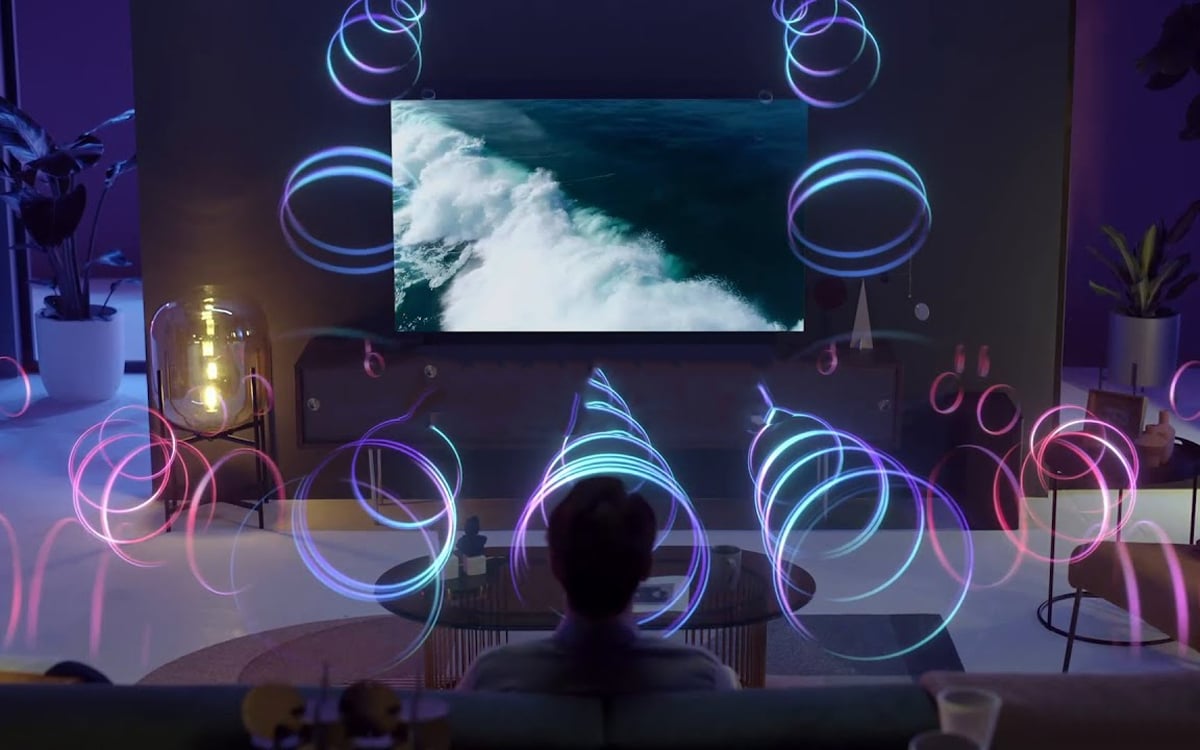
Can You Upgrade A TV’s Internal Speakers?
Unfortunately, it wouldn’t be easy to simply “Upgrade” your TV’s internal speakers. Most of the time, the internal speakers are specially designed specifically for that model of TV. Thus, it would be really difficult to find another set of speakers that so seamlessly fit into place.
We would also advise against trying to change your TV’s speakers yourself. The procedure can be incredibly difficult, and may even require proprietary tools to be done properly. It would be very easy to do the job wrong, and then be left with a TV that produces no sound at all!
Contacting a professional to install new speakers into your TV would also be very costly. In some cases, you might actually save more money by simply buying a brand-new TV!
Swapping out a TV’s speakers with a different set of speakers would not be easy to do at all. In fact, it could be expensive! The risk is too high, and you could save more with a new TV.
Luckily, if you are unsatisfied with your TV’s sound, there are plenty of options for improving your experience without having to tamper with your TV’s components!
How Can You Improve A TV’s Sound?
Don’t want to face the panic of tinkering with your TV’s internal components? Don’t worry! There are quite a few options available to you for improving your TV’s sound experience!
Play Around With Your TV’s Settings
We spoke above quite extensively about TV sound modes. These sound modes are actually presets that adjust your TV’s sound settings in highly specific ways to suit different experiences. It’s also totally possible to go ahead and play with your TV’s sound settings yourself. If you wanted a little more bass, it would simply be a case of toggling the slider up to allow for more impactful and bassy audio!
If you want a simple way to change the sound from your TV, we’d recommend making use of the built-in presets. They’ll ensure you don’t go overboard with changing sound settings. It’s very easy to play with your TV’s sound settings a little too much and end up with a TV that sounds totally wrong!
Use Audio Optimisation Technology
We mentioned earlier that audio optimisation can be used to improve the quality of any audio track, as you listen to it. It’s able to do this through the application of AI. These AI are trained to recognise individual sounds in audio tracks.
When the AI isolates each of the sounds in an audio track, it can then direct the sound to any of the TV’s speakers. This means that a mono audio track can be played in stereo, or even in surround sound!
One great use of this technology is in making dialogue easier to hear. Ever turned on a film, only to notice that you simply can’t hear anything that the characters are saying? This technology can identify the dialogue track, isolate it, and then amplify it.
Sound optimization technologies can differ quite a bit from model to model. For instance, LG TV AI can be used to upgrade 2-channel audio, and upgrade it to 5-channel audio! So even stereo audio can be upgraded to surround sound for a truly immersive experience.
AI optimization technologies are totally worth using. They can be used to upgrade lacklustre audio into room-filling audio for maximum immersion. They’re also incredibly easy to use and implement in your viewing experience.
One sound technology we’re particularly fond of is Samsung’s SpaceFit. This technology is only found in specific Samsung TV models but can be used to ensure your TV always sounds perfect. Through the use of a built-in microphone, certain Samsung TV models can listen out for reverberations and echoes in your space. By listening out for this information, the TV can then adjust various sound settings to minimise certain issues!
Install An External Sound System
External sound systems can come in all manner of shapes and sizes. And they can even operate in very different ways. But no matter what, they’re a great way to bypass subpar internal speakers and really bring out the audio potential of your favourite films and shows.
Stereo Sound System
One very popular external sound option is a 2-channel speaker setup. This is also commonly referred to as “Stereo”. Stereo sound setups can allow for powerful and bassy audio, without requiring you to buy a massive number of speakers. All you need is two speakers: one placed on the left of the screen, and the other on the right. This creates enough of a sense of space with your TV’s sound, without requiring you to buy a full surround-sound system!
Some TVs are capable of connecting wirelessly to compatible speakers, allowing you to create a modern look in your living room. Others depend on a standard wired connection.
Surround Sound System
A surround sound system makes use of an extra number of speakers to allow sound to come from all corners of your space. Most commonly, a surround sound system is either made up of 5.1 audio channels, or 7.1 audio channels. Naturally, the more audio channels there are, the better the sound experience will be.
Surround sound systems are great for those who often have trouble picking up on dialogue in their favourite films and shows. Surround sound systems always include a central audio channel, placed close to the TV itself. Dialogue is most often concentrated in this speaker, so you can always depend on it to sound immensely clear, while background noise and music can still shine!
Surround sound systems send sound in all directions around the viewer. This can help to give any film or show a great sense of dimensionality. With sound coming from all around, you’ll feel like you’re right there.
Surround sound is also perfectly suited for use with Dolby Atmos Sound. Dolby Atmos Sound is a premium audio format designed for the perfect surround sound experience. Dolby Atmos Sound can also send sound out above the viewer. This creates a total 360 sound experience that is the height of immersive realism. However, in order to access this vertical audio, you will need a suitable surround sound system!
Are Expensive Sound Systems Better?
In some ways, more expensive sound systems are slightly better than other more affordable sound systems. However, they’re not necessarily totally better.
More expensive sound systems tend to be better in terms of their construction. More prestigious brands may use more expensive materials to produce their speakers. As well as this, they might also require more professional construction to be put together. This all means that expensive sound systems are great for longevity. They’re truly built to last.
More expensive sound systems often also include unique technologies. These technologies can be used to improve the quality of audio in a number of ways. However, your mileage with these special technologies might vary. If you want an audio system that’s packed full of features, and that can achieve some great technical feats, then paying a little more shouldn’t be a problem.
If you only need a very basic sound system, then there’s no need to pay more! It would be a total waste of money to buy an expensive TV full of features that you’ll never take advantage of!
The cost of your chosen sound system should be balanced against the number of features you need that are packed into it! This will ensure you never end up paying too much, or too little!
Do External Sound Systems Need An Amplifier?
Not necessarily. Speakers that require an additional amplifier are referred to as “Passive”. Amplifiers are used to increase the volume and magnify a sound source. A passive speaker lacks the ability to do this task and thus requires an additional amplifier to be hooked up. Without an amplifier, sound from a passive speaker will lack any real oomph and will sound rather quiet.
Not all external sound systems require an amplifier. Only “Passive” sound systems require any kind of amplifier to create sound. “Active” sound systems come with amplifiers built into the speakers themselves.
If you have an “Active” sound system, then there’s no need to grab an amplifier. The amplifier is simply built directly into active speakers, so they can amplify sound and play it at the same time. “Active” speakers, however, will need to be plugged into a wall socket in order to access power. Without access to power, the amplifier will not be able to do its job!
Do Bigger Sound Systems Sound Better?
In most cases, a larger sound system will sound much better. Larger sound systems are often made up of a larger number of individual speakers. With more speakers available, it’s easier for sound to travel around the space. When audio is sent to multiple different channels, it makes distinct sounds much easier to hear. For instance, dialogue will be more easily differentiated from background noise and music.
Larger individual speakers are also often much more powerful. Larger speakers are able to pump out sound with more force, which in turn makes them much louder.
However, even some of the smallest sound systems can be used to create immense and realistic audio. It ultimately comes down to the quality of the components and their construction!
Bigger sound systems are more capable of pumping out audio for room-filling sound. However, it’s much harder to find the suitable space for a larger sound system, compared to a smaller one.
Larger sound systems also may not be suitable for certain people. These sound systems take up much more space and are thus much more difficult to situate. When placed into a smaller space, larger speakers can actually run the risk of being too loud. This can result in a very unsatisfying and potentially even dangerous listening experience.
How Do You Install A TV Sound System?
If you’re looking to grab an external sound system for your TV, you’ll need to consider exactly how many speakers you’re going to have. This will help to ensure you organise the speakers properly.
With a stereo sound system, all you need to do is place each speaker on either the left or right of the screen. This allows for sound to travel accurately in accordance with the on-screen action!
With a surround sound system, you’ll need to arrange each of the speakers intelligently. For a 5.1 system, you’ll need to place the central speaker directly below the screen, with the other four speakers to the left and right of the screen, and to the right and left behind the sofa! 7.1 channel speakers simply add an extra set of speakers to the immediate left and right of the viewer.
How you arrange your sound system will depend on the number of individual speakers you’re working with! A surround sound system will require you to arrange the multiple speakers around the space!
If you’re making use of a “Passive” sound system, you’ll need to make sure that the amplifier is sufficiently hooked up. Once this is done, it’s just a matter of plugging the sound system directly into your TV through your chosen connection type. In most cases, you will use a HDMI cable to allow sound to perfectly match on-screen footage!
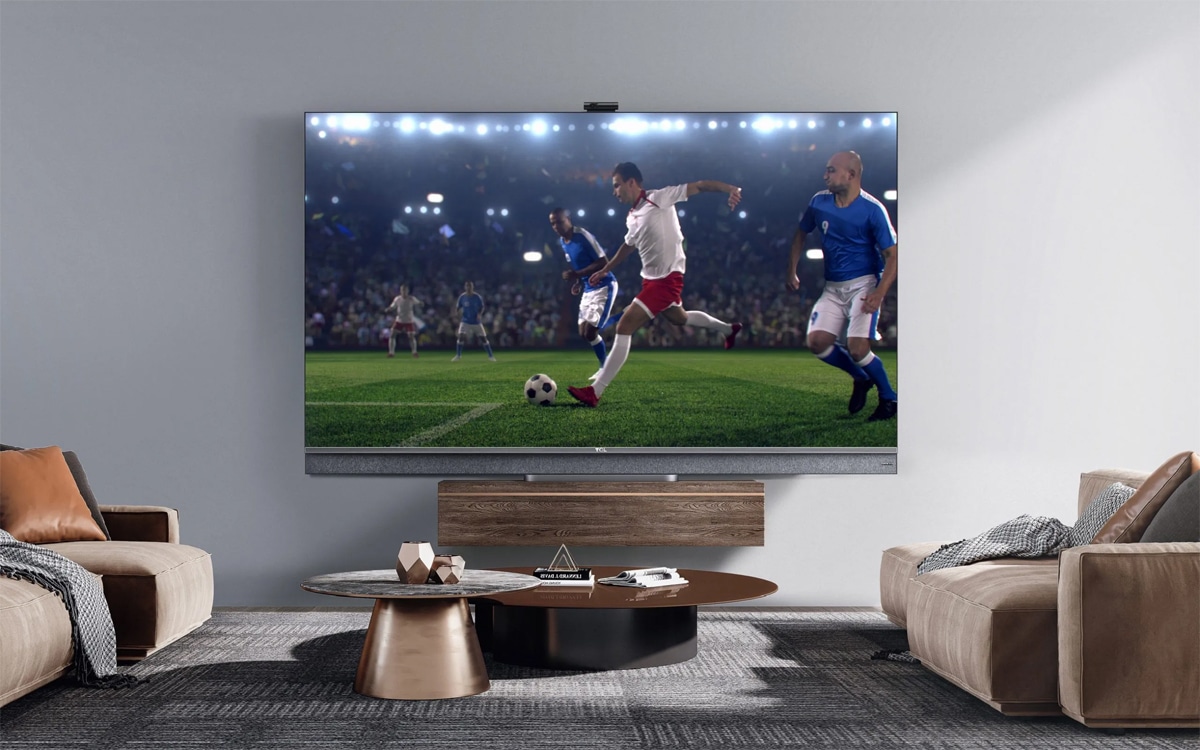
What Is A Soundbar?
Another popular option for external TV sound is a soundbar. Soundbars are long and horizontal units that are actually made up of a number of individual speakers. These devices are able to pack plenty of travelling directional audio all into a single unit. This unit is then placed directly under the TV.
Despite only being an individual unit, a soundbar is still able to provide a full sound experience for the viewer. This is thanks to the carefully arranged speakers that are packed into the device.
Are Soundbars Worth Buying?
Totally. Soundbars are incredibly compact, and take the form of a single unit. With a soundbar, there’s no need to buy a massive set of speakers that have to be situated in your space. This makes them convenient for those with slightly smaller rooms.
And as we’ve already mentioned a few times, soundbars are still able to offer a great sound experience. Soundbars can range massively in size, with some having just 2 individual speakers built in, and others having up to 7! Obviously, the more speakers there are, the more impactful the sound experience will be.
Do You Only Need One Soundbar?
So, if just one soundbar can deliver such an immersive sound experience, then surely having two or more would result in an even greater one? This actually isn’t the case! You truly only need one soundbar for your TV to access immense sound quality.
Buying a second soundbar for the same television would simply be a waste of money. A single soundbar can provide a great enough sound experience to match a stereo or surround sound system.
In fact, it would actually be incredibly difficult to integrate two soundbars to work together. Pairing two soundbars would require a wireless connection. Unfortunately, a wireless connection between two soundbars would result in a slight delay. This would mean that the two speakers won’t play harmoniously.
Should A Soundbar Match The Size Of The TV?
Don’t fret too much about matching a soundbar’s size exactly to the size of the screen. It would be tough to find a soundbar that totally and exactly matches the width of your TV! However, it’s best to match the size of your soundbar as closely to the size of your TV as possible.
It’s recommended to strike a good balance between the size of your TV and soundbar. This will ensure a more uniform and harmonious viewing experience. The size of the image will be perfectly complemented by the scale of the sound!
A large TV with a tiny soundbar would result in a very strange viewing experience. The image might appear massive, while the matching sound might leave a little more to be desired.
Matching the size of your TV and soundbar results in a more uniform viewing experience.
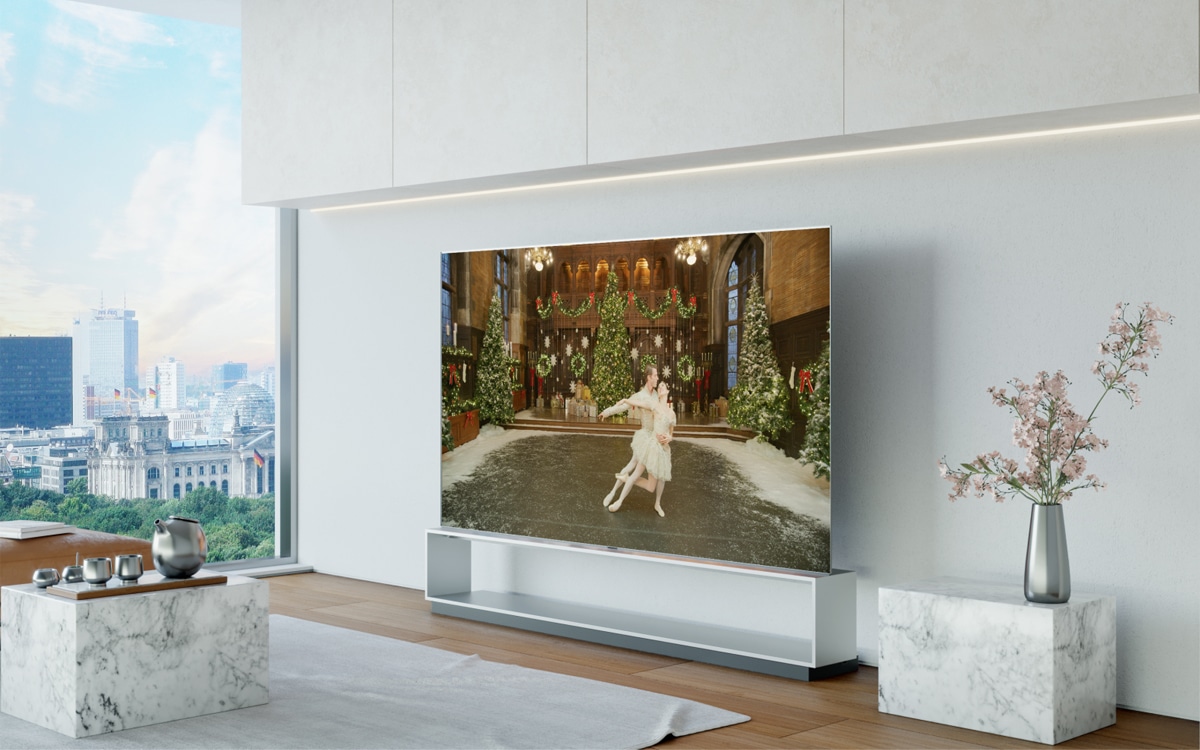
Frequently Asked Questions
Why Does TV Sound Matter?
Without good sound, your TV’s image won’t seem quite as impactful. Watching an amazing action film on a 4K display would be very unsatisfying if it were paired with quiet and tinny audio. Good sound increases the believability of everything on screen. You’ll be able to more easily immerse yourself in your favourite shows and films!
Do TV Soundbars Make A Difference?
Absolutely! With a single soundbar, you can achieve impactful and powerful audio that can easily fill your space. Soundbars are incredibly convenient, especially for those with very limited space. With a single soundbar placed beneath the TV, it’s possible to enjoy immersive audio. Compared to built-in TV speakers, soundbars also often boast much greater audio fidelity.
Is It Worth Getting A Cheap Soundbar?
Smaller soundbars tend to be much more affordable. These are a great option for those with smaller TVs, or with very limited space. However, cheaper soundbars may not be great for people with larger TVs or home-cinema set-ups. The size of a soundbar should be as close as possible to the size of the screen for a believable harmony between audio and video.

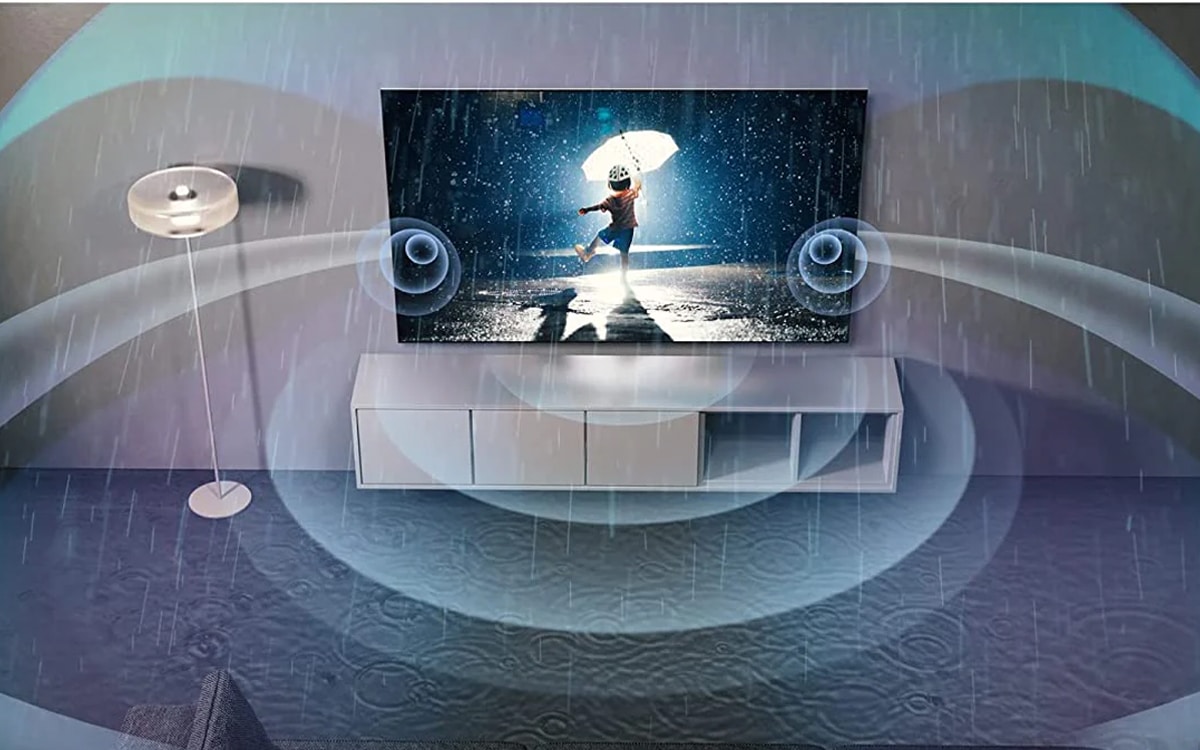
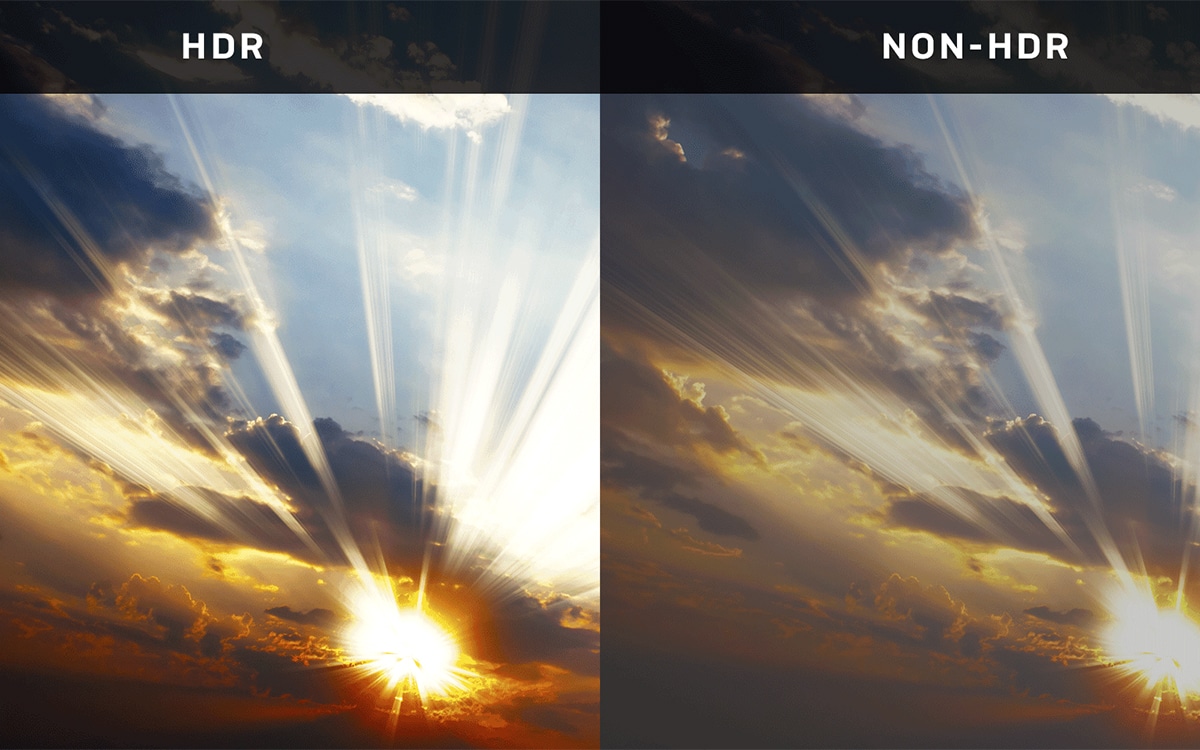
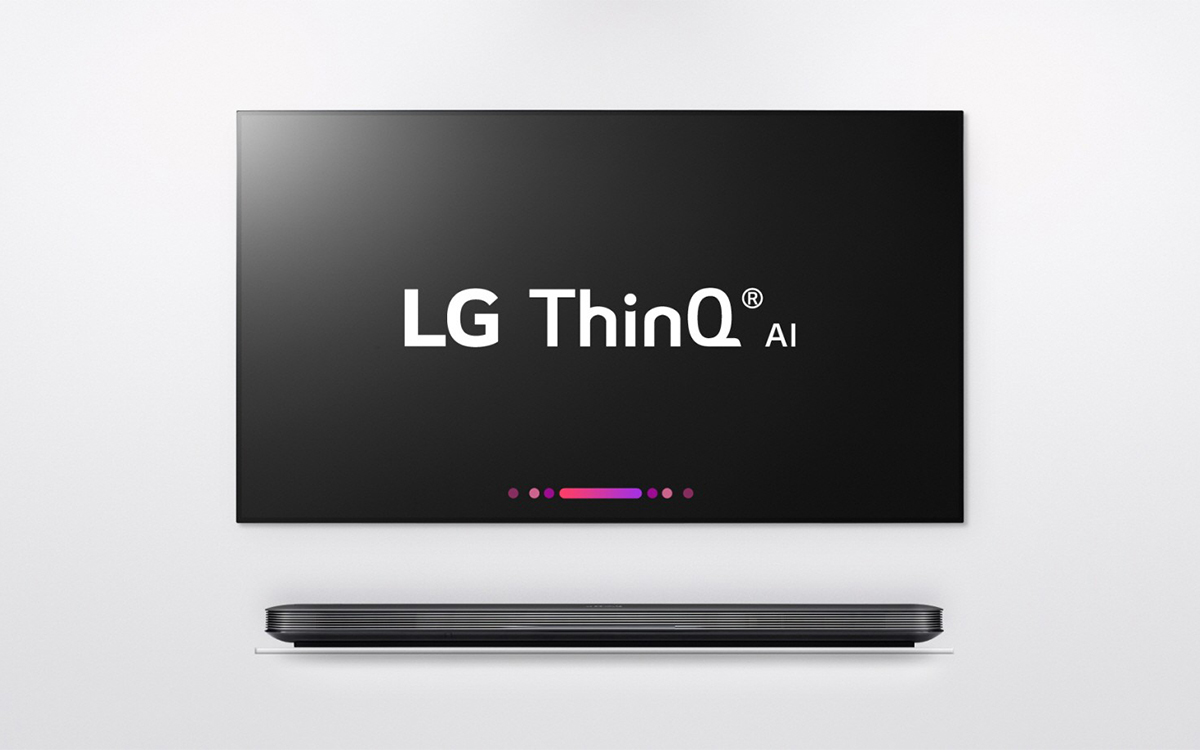
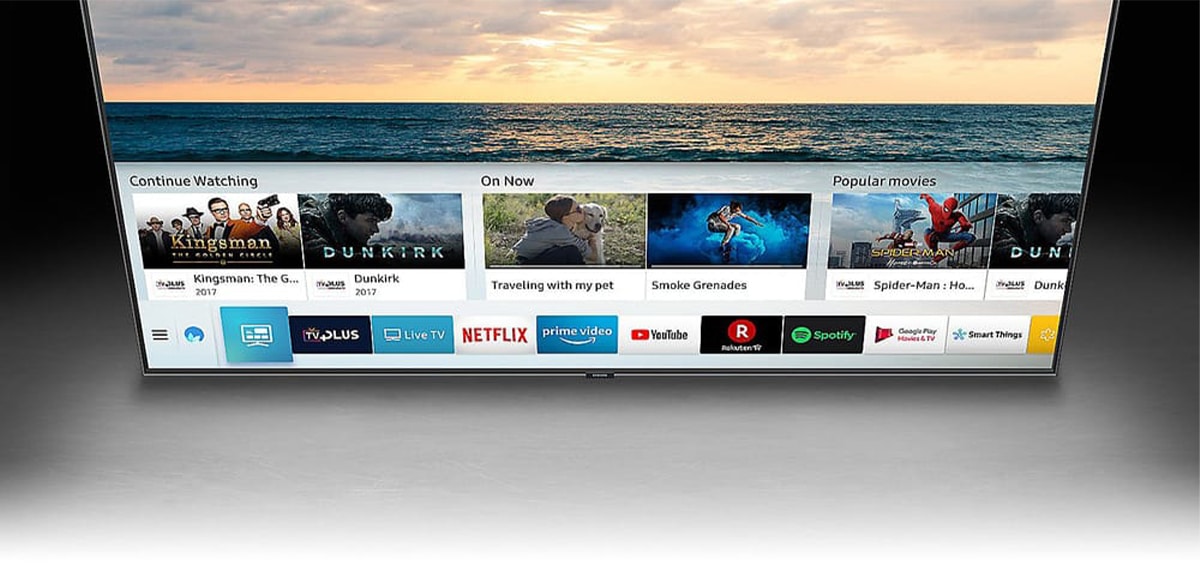
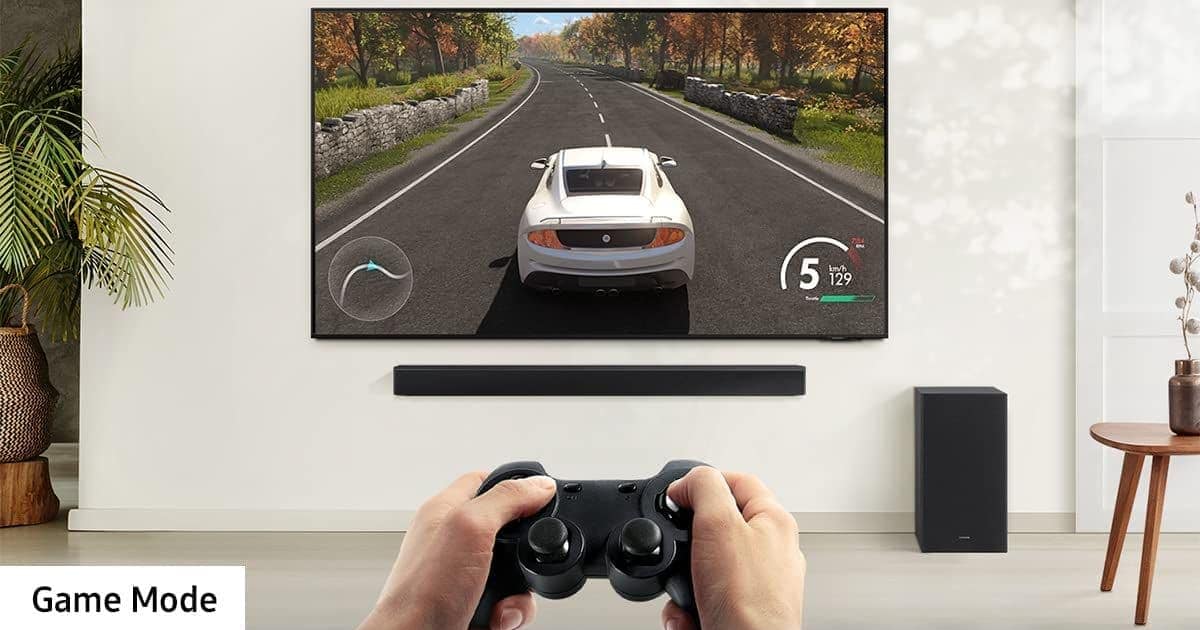
0 Comments